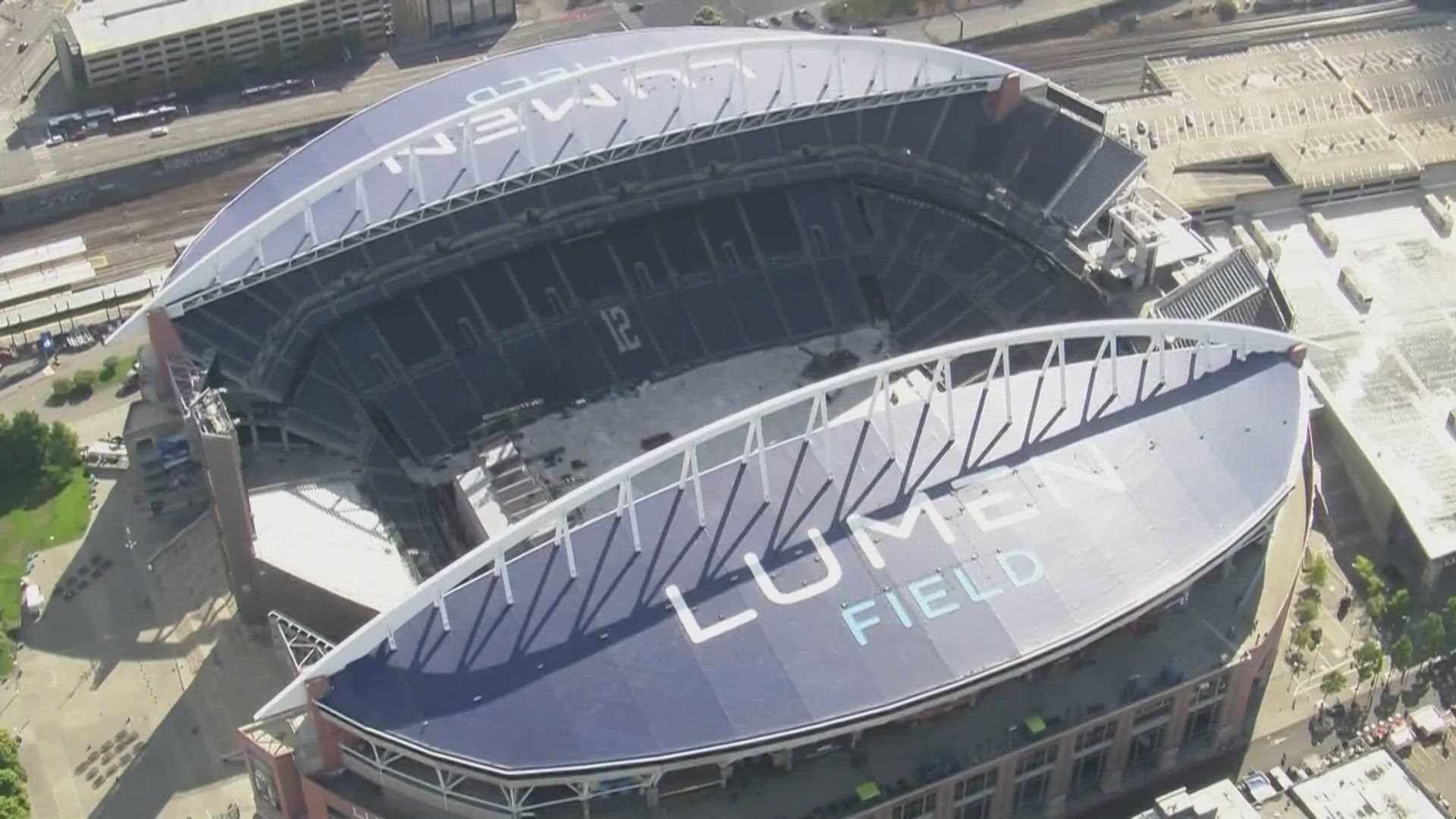SEATTLE —
Seattle Swifties have been dethroned when it comes to the loudest enthusiastic jumping at concerts that caused seismic activity.
In summer of 2023, Taylor Swift’s Eras Tour stopped at Lumen Field in Seattle and made headlines for the “Swift Quake” caused by the jumping and singing concertgoers.
Western Washington University geology professor Jackie Caplan-Auerbach said she looked into the seismic activity after the question was posed online.
“Somebody posted and said, 'Well, did the Taylor Swift concert make a Beast Quake?' And I was like 'Oh I am on that, that’s fun',” said Caplan-Auerbach.
Caplan-Auerbach and her students analyzed the seismic activity from the concert and determined it broke records, surpassing Seattle’s historic “Beast Quake” in 2011, when Seahawks player Marshawn Lynch scored a touchdown and the crowd went wild.
Now, new records have been broken.
Caplan-Auerbach said after the “Swift Quake,” they were hooked. She and her students have analyzed multiple concerts at Lumen Field, including Beyonce, Coldplay, Ed Sheeran, Rolling Stones and most recently, Metallica.
After their analysis, one song created the biggest seismic activity.
“It was not what we expected and if I just look at the concert it seems strange. It was Ed Sheeran and Ed Sheeran is not someone who I associate with rampant crazy crowd behavior. However, he did bring Macklemore onstage. So here you have a local artist playing "Can’t Hold Us," which is a very jumpy song and a very high energy song, and the crowd responded appropriately, and it’s definitively the strongest shaking we saw the entire time,” she said.
Caplan-Auerbach said there are honorable mentions, though.
The scientists can differentiate the data between both seismic activity from the artist’s loud music and seismic activity from the fans jumping and singing.
While Ed Sheeran and Macklemore’s performance of "Can’t Hold Us" was the song with both the loudest music and loudest fan reaction, Taylor Swift’s Eras Tour had the longest prolonged seismic activity after 3.5 hours of constant singing and jumping.
When it comes to the most powerful music from the performer (including vocals and backup music), both Metallica and Beyoncé were at the top. Still, Beyoncé’s sound system was a bit more impactful and registered more seismic activity.
“I think part of this also is how do you behave with these songs? Are you jumping in place, which you do with some types of music. Are you swaying more? Are you hearing ballads? Are you hearing pop music? What is the type of music? Because that really does affect how the crowd moves and how the crowd moves affects how energy couples into the ground and is recorded into a seismometer,” said Caplan-Auerbach.
Caplan-Auerbach wants to be clear: these concerts did not cause earthquakes. But there are hundreds of seismometers around the northwest that are in place to measure actual earthquakes, and those devices pick up any rumblings on the ground, making it easy to pull data and analyze something like a concert.
Her goal is to bring some joy to science.

